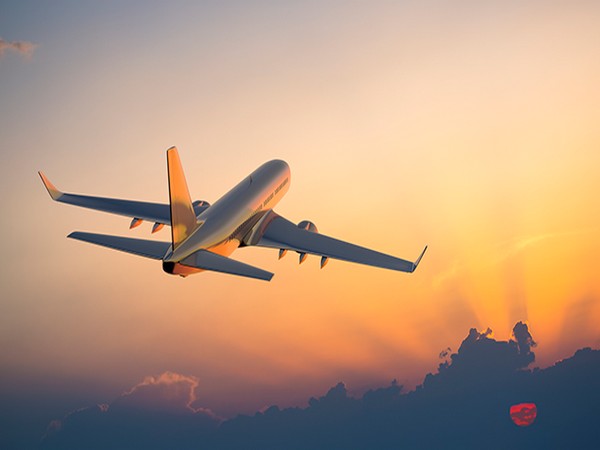MUSCAT : According to IATA data, total seat capacity, measured in available seat kilometers (ASKs), rose 5.8% year-on-year in September, with a load factor increase of one percentage point to 83.6%.
International travel led the charge, with a 9.2% rise in demand compared to last year. Capacity increased by 9.1%, while the international load factor climbed slightly to 83.8%. Domestic travel also saw a notable increase, up 3.7%, with a 0.7% capacity rise and an improved load factor of 83.3%, gaining 2.4 percentage points.
Reflecting on the growth, IATA Director General Willie Walsh noted that this year’s peak travel season has seen an unprecedented surge in demand, however, he also warned of a looming challenge, emphasizing the need for proactive government support to sustain the industry’s growth while committing to net-zero emissions by 2050.
In a breakdown of international demand, airlines in all regions reported growth:
Asia-Pacific: Leading with an 18.5% increase in demand; capacity up 17.7%, load factor rose to 82.6%.
Europe: Saw demand rise by 7.6%; capacity rose 7.4%, load factor up to 85.9%.
Middle East: Demand grew by 4.4%; capacity rose 4.6%, though the load factor dipped slightly to 81.4%.
North America: Reported a modest 0.5% increase in demand; capacity up 1.9%, load factor down to 84.4%.
Latin America: Demand surged by 12.4%; capacity up 13.9%, with a slight dip in load factor to 84.3%.
Africa: Noted an 11.9% rise in demand; capacity grew by 6.6%, while the load factor jumped by 76%.
Domestically, all major markets, except Japan, achieved record levels of traffic in September.
For all the latest news from Oman and GCC, follow us on Twitter, Instagram and LinkedIn, like us on Facebook and subscribe to our YouTube page, which is updated daily.

